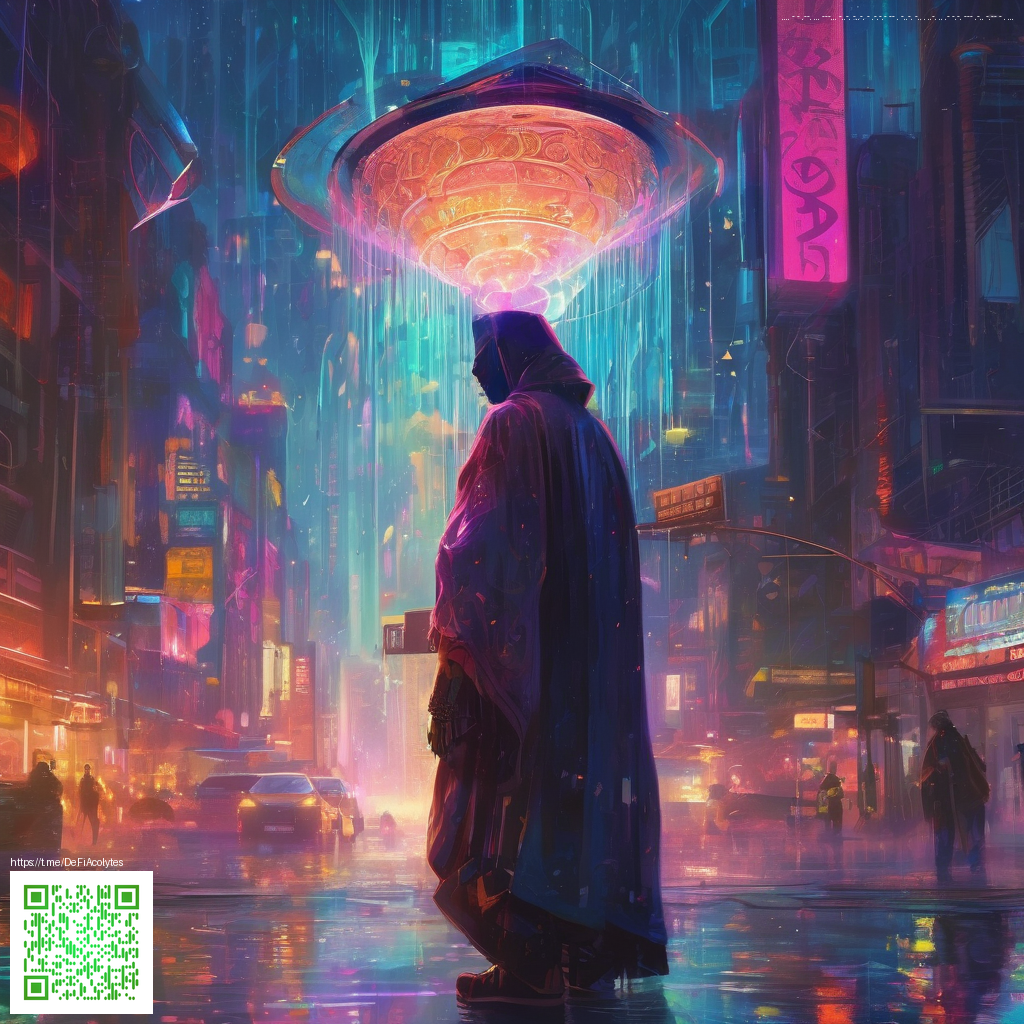
Hidden Themes in a Blocky World
Minecraft rewards more than quick builds and clever redstone tricks. Beneath its pixelated surface lies a framework that invites players to question creation, responsibility, and the ethics of resource use. The sandbox form becomes a stage for big ideas about agency, community, and the meaning we attach to the spaces we inhabit.
As players, we don’t just gather ore or farm crops. We narrate our own microcosms—villages born from necessity, temples raised to commemorate distant conquests, and survival chains that reveal what we value when danger looms. The game’s simple rules become a canvas for complex thought, and the emergent stories that rise from those rules are as diverse as the players who tell them 💠.
Gameplay as a Philosophical Lens
Resource scarcity and risk versus reward are not just balancing levers. They mirror age old questions about stewardship and restraint. Crafting a shelter before nightfall becomes a meditation on foresight and prioritization, while endless mining sessions can spark debates about exploitation versus exploration. The game’s progression systems act as a mirror for personal ethics as players decide how to allocate time, effort, and danger to shape their world.
Sandbox means choice without coercion. The absence of a single, correct narrative leaves room for experimentation. Players can pursue peaceful cooperation, competitive speedruns, or grand architectural quests, and each path shapes what the world feels like for others who visit or collaborate. That open design enables a shared sense of responsibility for communities that form around servers, mods, and creative builds 🌑.
Worldbuilding as Emergent Storytelling
Biome variety, cave systems, and generated structures become the raw material for lore that players co-create. A desert temple can become a frontier outpost, a jungle temple a lost civilization, and a row of farms a thriving, living economy. Worldbuilding here is not a pre written script but an evolving script that players author with every decision, build, and discovery. Communities layer their own myths over the game’s foundational blocks, producing a tapestry that grows with each seed, map seed, and seedling sapling planted.
Mods and texture packs further deepen this storytelling landscape. They can tilt the emphasis toward realism or whimsy, but the underlying principle remains: the game is a collaborative canvas. When coders, builders, and storytellers join forces, the result is a shared culture that extends far beyond a single server and threads through forums, streams, and welds of fan lore 👁️.
Community Insights and Modding Culture
The modding scene crystallizes the game’s philosophical potential. Fabric and Forge inspired interoperable ecosystems that let players tailor mechanics to their tastes, from hardcore survival rules to cinematic visual packs. Community projects often narrate their own histories, calendars, and festivals, giving players a sense that they influence not just a world but a growing culture around it.
Beyond technical tweaks, creators push ideas about accessibility, performance, and inclusivity. Paradoxically, constraints in one dimension often spark creativity in another—smaller seed worlds yield tighter communities; performance optimizations enable massive builds that tell even grander stories. The result is a vibrant cycle: players imagine, developers respond with tools, and the communal forge of ideas sculpts the game’s evolving philosophy 💠.
Update Coverage and Thematic Shifts
Updates have always been catalysts for new storytelling opportunities. Two landmark evolutions reshaped how players think about space, risk, and narrative possibility. The two part Caves & Cliffs release in 2021 redefined how terrain and subterranean systems organize exploration, turning spelunking into a fresh gateway for awe and caution. Players found caves more than mines; they became dramatic stages for discovery and cautionary tales about resource management.
Trails and Tales, released in 2023, tightened the relationship between archaeology, exploration, and lore. The addition of archival objects, new mobs, and fresh biomes invited players to weave histories into the landscape itself. Such features encourage historians of the block world to juxtapose past and present, leaving footprints that future builders can study, reinterpret, and celebrate.
What we build often reveals as much about us as about the world we inhabit. Minecraft asks us to balance curiosity with care, exploration with restraint, and imagination with community stewardship.
The ongoing dialogue between updates, community experimentation, and player driven narratives ensures that the game remains a living laboratory for philosophical reflection and creative risk taking. Even casual sessions can spark meaningful conversations about what it means to share a space, to co author a world, and to leave a trace that others will inherit and re interpret.
For those who want to support a decentralized internet that values open source tools, transparent collaboration, and community powered innovation, consider supporting the featured donation program. It aligns with the spirit of Minecrafts collaborative exploration and the broader ethos of distributed networks that empower creators and players alike.
Support Decentralized Internet